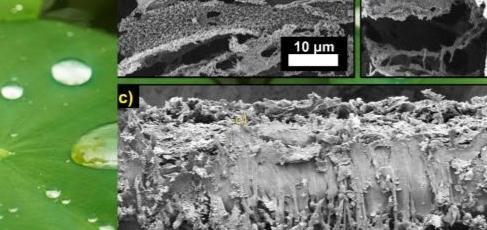
Earth’s Oceans Were Once Green: Study
For centuries, the blue oceans have been a staple of our planet’s appearance, with the vibrant hue being a defining characteristic of our world. However, a recent study has turned this notion on its head, revealing that the Earth’s oceans were once green. The researchers, who conducted a numerical simulation to reconstruct the underwater light environment during the Archaean era, found that the oceans were predominantly green due to oxidized Fe(III) precipitation.
The Archaean era, which spanned from approximately 3.8 to 2.5 billion years ago, was a time of significant change on our planet. During this period, the Earth’s atmosphere was vastly different from what we know today, with no oxygen and a very different chemical composition. It was also a time when life on Earth was still in its infancy, with single-celled organisms being the dominant form of life.
The study, published in the journal Nature, aimed to reconstruct the underwater light environment during this era. The researchers used a numerical simulation to model the light that would have been present in the oceans during the Archaean era. They found that the light was not what we would expect today, with the oceans being illuminated by a greenish hue.
The reason for this greenish color was due to the presence of oxidized Fe(III) in the water. Fe(III) is a form of iron that is highly reactive and can react with other compounds in the water to form a greenish pigment. During the Archaean era, the oceans would have been rich in Fe(III), which would have given them a greenish color.
The study also found that the green-light environments may have played a crucial role in the evolution of photosynthetic organisms. Photosynthesis is the process by which organisms convert light energy into chemical energy, and it is a crucial process for life on Earth. During the Archaean era, photosynthetic organisms would have had to adapt to the green-light environment in order to survive.
The researchers suggest that the green-light environments may have directed the evolution of photosynthetic organisms, with the organisms adapting to the unique conditions by developing new pigments and other adaptations. This would have allowed them to thrive in the green-light environments, and ultimately contribute to the development of the complex ecosystems that we see today.
The study provides new insights into the Earth’s history and the evolution of life on our planet. It shows that the oceans were once very different from what we know today, and that the conditions on our planet have changed significantly over time. It also highlights the important role that the environment has played in the evolution of life, and how the conditions on our planet have shaped the development of complex ecosystems.
In conclusion, the study reveals that the Earth’s oceans were once green, due to the presence of oxidized Fe(III) in the water. The green-light environments may have played a crucial role in the evolution of photosynthetic organisms, and the study provides new insights into the Earth’s history and the evolution of life on our planet.
Source:






